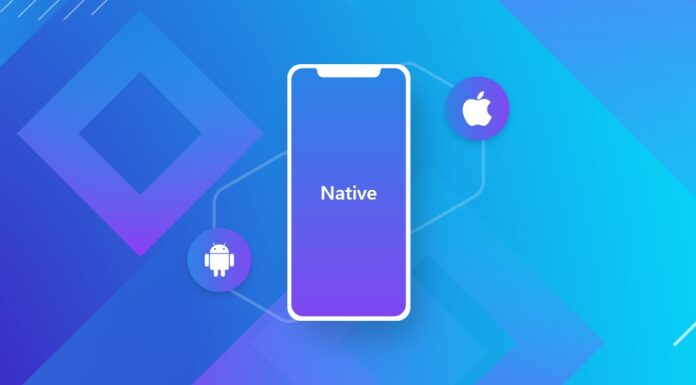What are Cloud Computing Services?
In their own facility, the cloud storage company purchases, hosts, and manages the requisite hardware and software. Users save the capital costs and maintenance headaches that would be incurred if the service was built on-premise. Clouds may be restricted to a single entity (enterprise clouds) or made accessible to a large number of organizations (public clouds) (public cloud) e.g., Infrastructure as a Service (IaaS), Platform as a Service (PaaS), and Software as a Service (SaaS) are the three major cloud computing service models. To achieve coherence and economies of scale, cloud computing depends on resource sharing.
Cloud computing, according to advocates of public and hybrid clouds, enables enterprises to prevent or reduce upfront IT technology costs. Cloud computing services often say that it helps companies to get their applications up and running quicker, with greater manageability and less downtime, and that it allows IT teams to change resources more easily to meet fluctuating and unpredictable demand. An example is, FaaS (Function-as-a-Service) it is a cloud computing service that allows developers to create, compute, run, and manage application packages as functions without having to manage their own infrastructure.
Types of Cloud Computing Services?
Infrastructure as a Service (IaaS), Platform as a Service (PaaS), and Software as a Service (SaaS) are the three major cloud computing service models (SaaS). While there are strong variations between the three and what they can give a company in terms of storage and resource pooling, they can all combine to form a single cloud computing model. Virtualization (the abstraction of resources from bare metal hardware) underpins all Cloud deployment models, but they vary in terms of location, storage space, usability, and other factors.
You’ll want to compare Public, Private, Hybrid, and Community Clouds in terms of the various levels of protection they provide and the management needed, depending on the type of data you’re dealing with. Feature as a service (FaaS) is a type of cloud computing service that offers a forum for customers to create, run, and manage application functionalities without the hassle of setting up and managing the infrastructure that comes with creating and launching an app. Building an application using this model is one way to achieve a “serverless” architecture, and it’s popular in microservices applications. Here are some Cloud Computing Services.
Let’s Talk About the First Service:
IaaS: Infrastructure as a Service
The cloud provider manages IT infrastructures such as storage, server, and networking resource and delivers them to subscriber organizations via virtual machines accessible over the internet in the IaaS model. Organizations may benefit from IaaS in a variety of ways, including making workloads quicker, simpler, more versatile, and cost-effective. In addition to the infrastructure elements, IaaS providers provide a number of services. Detailed billing; monitoring; log access; security; load balancing; clustering; and storage resiliency, such as backup, replication, and recovery, are just a few examples.
PaaS: Platform as a Service
A runtime environment is provided by Platform as a Service (PaaS). It makes it simple for programmers to create, test, run, and deploy web applications. This software can be purchased on a pay-per-use basis from a cloud service provider and accessed via an Internet connection. Back-end
scalability is handled by the cloud service provider in PaaS, so end users don’t have to worry about infrastructure management. To support the web application life cycle, PaaS includes infrastructure (servers, storage, and networking) and framework (middleware, development tools, database management systems, business intelligence, and more).
SaaS: Software as a Service
Software as a service (SaaS) is a method of distributing applications as a service over the Internet. Instead of downloading and managing software, you simply use the Internet to access it, eliminating the need for complicated software and hardware management. Web-based apps, on-demand software, and hosted software are all terms used to describe SaaS applications. SaaS applications, whatever their name, are hosted on the servers of a SaaS provider. The service provider is in charge of the application’s protection, availability, and efficiency.
FaaS: Functions as a Service
FaaS (Function-as-a-Service) is a serverless method of executing modular code at the edge. It allows developers to write and update code on the fly, which can then be executed in response to an event like a user clicking on a web application feature. This makes scaling code simple and is a cost-effective method of implementing microservices. If a web application were a work of art, using micro service architecture would be like creating the work of art out of a mosaic tile array. One tile at a time, the artist can quickly instal, substitute, and fix. Monolithic architecture is similar to painting the whole piece on a single canvas.
SaaS vs PaaS vs IaaS
Each cloud model has its own collection of features and functions, and it’s vital that your company recognizes the differences. There is a cloud service for you if you need cloud-based software for storage, a seamless platform for creating personalized applications, or full control over your entire infrastructure without having to physically manage it. Migrating to the cloud, regardless of which choice you select, is the future of business and technology.
FaaS vs PaaS vs SaaS
FaaS is similar to PaaS in that it includes programming features that aren’t available in simple SaaS solutions. However, it does so with less resources than PaaS. Organizations that switched to PaaS to save money on management resources can now save even more money by switching to serverless. Platform as a service (PaaS) is an acronym for platform as a service. In this type of cloud computing, PaaS providers provide you with a platform on which you can develop applications using the platform provided by the provider. FaaS, on the other hand, stands for feature as a service. In this form of cloud computing, you may create an application using the function provider provided by the FaaS provider. The key distinction between these cloud computing models is that PaaS allows you to use the entire platform, while FaaS only allows you to use a single feature.
Which is Right for You:
IaaS vs. CaaS vs. PaaS vs. FaaS?
The best choice between IaaS, CaaS, PaaS, and FaaS is determined on the basis of ownership and transparency you want over your IT infrastructure:
If you want the privileges of the cloud (e.g., scalability, cost model, including disaster recovery) while maintaining a high degree of control, IaaS is the way to go.
CaaS is helpful in IaaS cases where developers mostly want to reap through container orchestration.
If you don’t want to cope with the complexity and nuance of setting up servers, networks, and databases but have the time, budget, and resources to develop your own software applications, including a qualified team of developers, PaaS is the best choice.
FaaS is a good fit for very high-volume transactions, specifically software that involves square testing robustness and easy due to spikes in workload, as well as applications that are run on a dynamic or scheduled basis.
Read Also: The Top 100 CRM Softwares to Grow Your Business – The Complete List!















